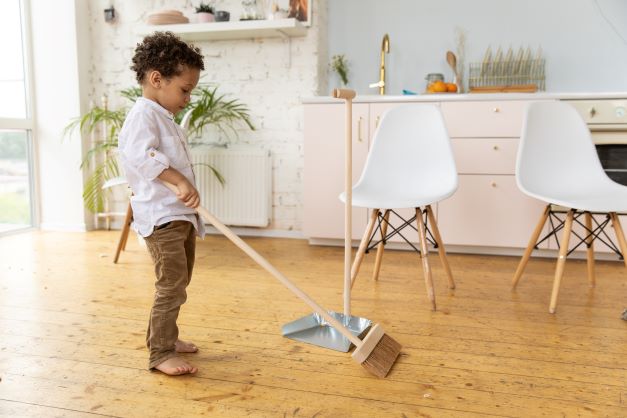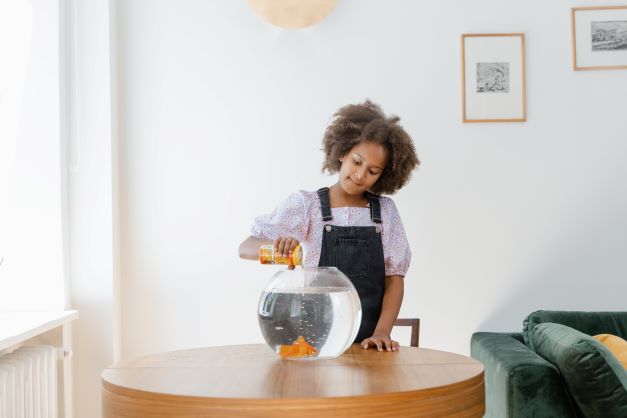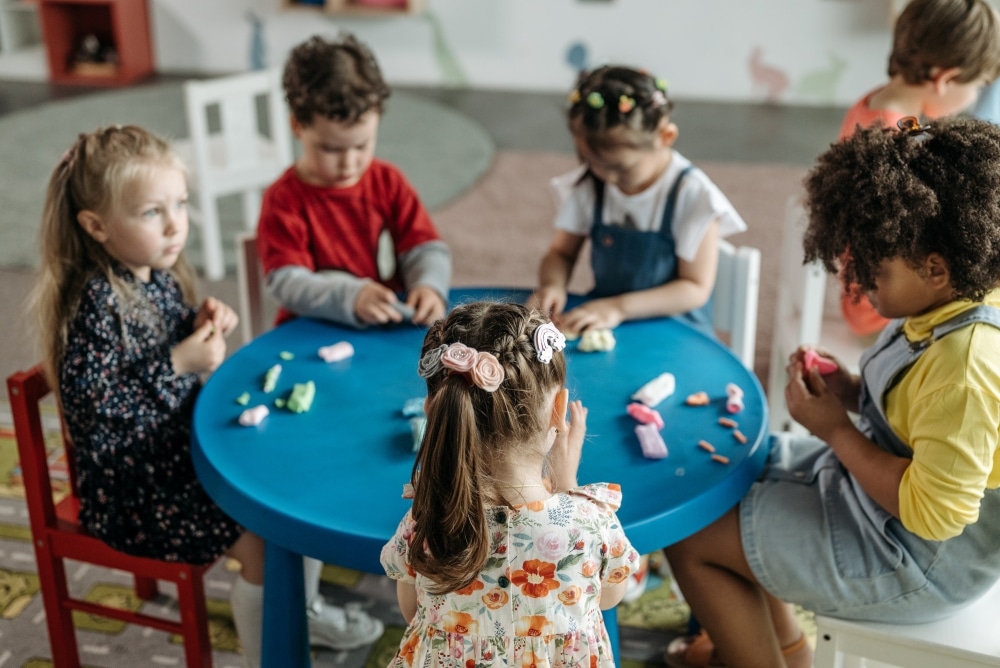Taking responsibility for one’s actions can be a challenge for both children and adults. To our lower brains, voluntarily taking responsibility for actions feels like attracting consequences on purpose. It isn’t necessarily a natural instinct. On the other hand, higher executive functions tell us something different. Those functions help people live successful lives as contributing members of their communities. (DevelopingChild) Therefore, developing strength of character, to make taking responsibility for their actions a habit, helps children grow into strong community members. But how do we teach a child to take responsibility for their actions at home or at school? Let’s explore.
How To Teach a Child to Take Responsibility for Their Actions
Modeling
Taking responsibility for actions as well as approaching tasks responsibly requires the development of higher executive functions. Functions like working memory, mental flexibility, and self-control. (DevelopingChild)
In a classroom setting as well as in the home, the most effective teaching method for higher executive functions is modeling them. (MCC)
- It’s important for teachers and parents to develop caring relationships with their children.
- Adults should make an effort to be strong and healthy role models. Children see everything and they’re always learning.
- It should be made clear by parents and teachers that caring matters.
- Additionally, children need to be given opportunities to practice caring. This might include volunteering opportunities or other activities that teach responsibility.
- Expose children to a wider understanding of the cares of the world, within reason, to help them to build empathy.
Modeling healthy behavior will teach children higher executive functions, such as taking responsibility for their actions. Educators and parents can reinforce the lessons through activities and games that teach responsibility.
Here are a few examples. (PetitJourney)
Activities & Games To Teach Responsibility
Role-Playing
Role-playing helps to teach children about outcomes of scenarios that haven’t occurred yet. Set up a scenario where the person in the scenario did something that affected others negatively. Prompt the child to take responsibility for their actions, and then demonstrate a positive outcome. Praise the child in the scenario. You might say something like, “Sometimes it can be hard to tell the truth. I’m so glad you were honest and told me about what happened. Let’s work together to fix the situation.”
Tidying up their Workspace
Nobody likes cleaning up the workspace at the end of the day. Right?
What if it’s turned into a game? Maybe at the end of the day, turn tidying up the classroom into a game. Perhaps race to see who can clean up their space first.
It’s possible to reframe tidying up as a positive and rewarding activity. It can easily become an effective technique for teaching responsibility to students.
Help in the Kitchen

Kids can learn a lot about responsibility from cooking. Kitchens are full of tools that have to be used responsibly in order to be useful and not dangerous. Cooking requires attention to detail and effective planning. It also comes with an automatic reward for doing it right in the form of a cake, or a batch of cookies, or a meal.
Because most recipes also come with several jobs and tools, parents or educators can assign responsibilities to different children. One kid can be in charge of the recipe. Another kid might be responsible for the measuring cups or measuring spoons. There might be a child entirely in charge of setting and watching timers.
Kitchens come ready-made with tools that teach responsibility.
Reorganize the Workspace
Maybe a classroom, a playroom, or a reading area isn’t the most sensible layout and has the potential for restructuring. Children can learn a lot about taking responsibility for their own space if the following question is raised: “How would you reorganize this space?”
Students can learn higher cognitive skills from an exercise involving reorganizing their classroom or workspace. They will need to practice planning in order to think about making changes to the current layout. Reorganizing might involve negotiation and compromise if one kid has one idea and another kid has a different idea.
The end result will be rewarding to all children involved. They get to feel like they were responsible for a positive change in their environment.
Animal Care

If there is a class pet or animal at home, then caring for the animal will help teach responsibility. Children will have to learn how to make adjustments in their schedules to take care of the animal. There are also lessons in remembering to keep to a schedule. Caring for an animal comes with a sense of responsibility since a child’s actions affect the well-being of another living thing. Children can also learn community interaction skills if the whole class bears responsibility for the class pet.
Corporate Garden
Similar to caring for an animal, planting a garden as a class, or at home, helps children learn how to take responsibility for their actions. This activity requires that they pay attention to the care and needs of the plants, attending to the everyday requirements of weeding and watering. Children will need to think about how the weather might affect their garden. They might have to take responsibility for creating shelter for the plants or checking the soil. Gardens teach time management skills as well as working memory.
Teaching Responsibility
It’s important to teach a child how to take responsibility for their actions. By using games and activities that teach accountability, teachers and parents can help children develop higher cognitive skills. It is also important to live the lessons being taught. Kids learn by example. If their teachers and parents demonstrate responsible behaviors, children will likely model them too.
At Soul Shoppe we teach social and emotional skills to students, educators, and parents. Click for more information on our SEL programs for elementary schools and social-emotional homeschool electives.

